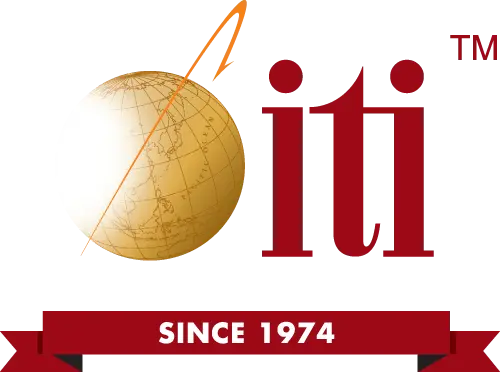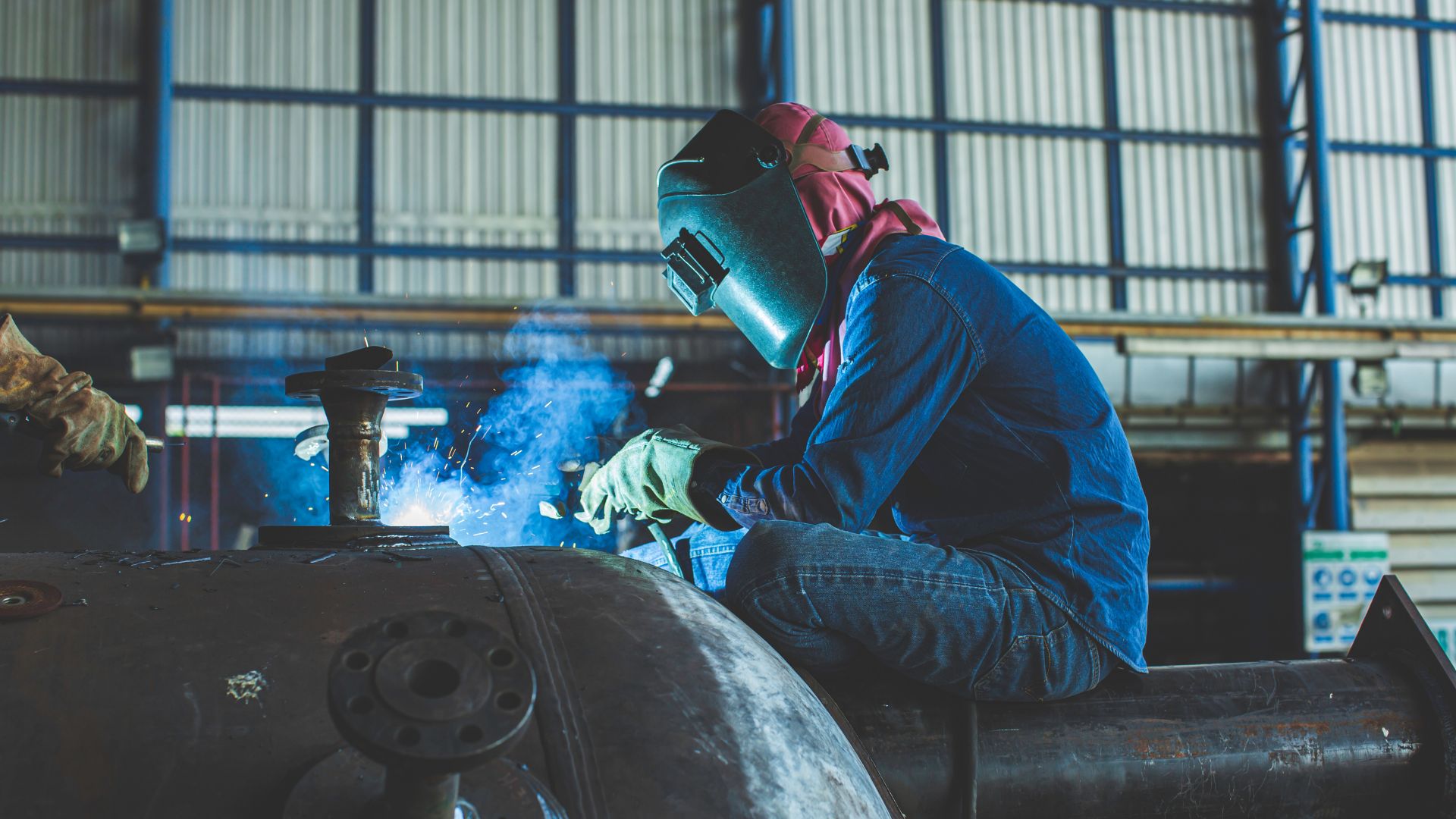
We are constantly reminded that “quality” is subjective in a manufactured product. While the definition or characteristics of quality might change, we understand how critical it is for domestic buyers to hit their own unique quality requirements when engaging with product manufacturing companies.
What Does Quality Mean in Manufacturing?
Is quality really a moving target? In a recent customer feedback poll we conducted on behalf of a client selling industrial equipment, we received over two dozen different definitions of what quality means. For context, that’s three times more variation than we received when asking what customers thought would be a fair price.
We can all relate: Pricing feels more objective, while the definition of quality today is difficult to pin down.
Referring again to our recent survey, clients were asked to comment on the features of a mobile lifting jib that they thought were most indicative of high quality. Across a sampling of answers, clients said that the features representing high quality included:
- Heavy weight and stout materials, in order to be used aggressively.
- Light weight and small size, being very space efficient.
- Bright colors, for safety.
- Muted colors, for blending into the working environment.
- Robust and overbuilt, going long periods of time without needing service.
- Lean and nimble construction, for frequent teardown and cleaning.
- Very cost-effective, as these assets are replaced every other year for safety, regardless of condition.
- Very expensive and resilient, intended to last a lifetime.
- Shiny and modern in appearance, for sleek presentation value.
- Industrial in appearance, making operators feel as if they could trust it more.
These few examples demonstrate what we routinely find when engaging customers across all projects: Hallmarks of quality are highly subjective and opinions sometimes are diametrically opposed.
Despite this subjectivity, manufacturers who produce these products can only operate from tangible instructions, so somewhere along the line, we must distill these subjective quality interests into specific manufacturing directions. Whichever features we land on, we have to ensure that product manufacturing companies see no subjectivity in what we expect from them.
How can we achieve this clear direction? By setting intentional expectations and committing to managing those expectations across the entire manufacturing lifecycle.
Ensuring Premier Quality From Product Manufacturing Companies
To assist you in your selection of product manufacturing companies that can meet your quality standards, we offer a framework for communicating requirements. Consider this: As a domestic brand, you contract with external product manufacturing companies to produce your goods. These external suppliers are contractually bound to meet the terms you set forth. Your responsibility is to convey those terms in a way that the supplier can execute accurately.
Since both parties are dependent on the other for their success, everyone involved must completely agree on what quality means and how it will be achieved. Here are suggested steps to get there:
- Complete detailed technical manufacturing documentation including drawings, specifications, material grades and procedures, ahead of bid tendering. Check that this information contains every last detail that is important to you, no matter how small, leaving nothing open to interpretation.
- Pre-qualify vendors ahead of requesting proposals, looking for indications that they can or cannot perform in areas specific to your quality requirements. For example, if you require high-tolerance hole patterns made by a laser cutter but one manufacturer only uses less-accurate plasma cutters, they can be disqualified and removed from the bidder list. You know they cannot meet your needs with their available tooling.
- Write detailed request for proposal (RFP) packages that clearly spell out expectations, tying your technical documentation together with contextual and operational language. In the RFP, you should further inform the manufacturer of quality requirements in a way that ties them to the function and experience of your products.
For example, a pump impeller’s manufacturing drawings may call out a machined finish across the metal surface, and the RFP can reinforce the desired appearance with phrases such as “uniform, consistent tool path direction” and “o-rings assured to not be twisted or pinched in their grooves.”
- Provide a locally produced sample product with your RFPs to physically demonstrate what you expect of the bidding product manufacturing companies. This sample can even include example packaging, labeling, coding and in-package paperwork that you’d like to be duplicated.
- For ultra-critical or technical details, provide further specifications in the form of technical standard references (EG ASME, ANSI), performance and functional references (EG ISO, ASTM), third-party compliance and testing (EG UL, NSF), and bespoke data (EG finite element analysis, color pattern profiles, laboratory material reports and so on).
Beyond the RFP
In most cases, buyers can request that manufacturers produce a physical sample for inspection and independent testing. Keep in mind that this request is most appropriate after bidders are narrowed down or even after initial selection, depending on the countries and cultures involved. It is also generally expected that custom sample costs be reimbursed.
A sample is a good indicator of quality. Still, it’s hard to beat visiting manufacturing sites and gaining first-hand exposure to the environments where your products would be produced. When using a domestic broker to secure foreign manufacturing, they will often have their own employees already operating within these factories who can provide feedback without you needing to travel.
For any potential manufacturing relationships that must also cross language barriers, employ a technical translator to help convey details natively and remove the chance of errors in communication.
When evaluating proposals, ask and look for manufacturers to reiterate all of the pertinent quality expectations you set forth in your RFP back to you within their proposal. Receiving this confirmation of their understanding and agreement serves to align both parties on what they’re engaging for, reducing the chances of wrong interpretations.
Once a manufacturer is selected, roll up all of the above components into a single package to be bound with the purchase order. This package will serve as your complete contract documents for product manufacturing companies.
Any clarifications, modifications or deviations must be documented formally and appended to the contract. As it relates to ensuring high quality, this serves to provide a history of events and formalization of agreements so that any quality lapses can be clearly defended.
A Word on Active Quality Management
Most respectable manufacturers will have two internal workflows under their quality department umbrella to help ensure that quality is achieved within their business:
- Quality assurance, the proactive branch focused on establishing operational paradigms and work practices that aim at high quality.
- Quality control, the more reactive branch that runs alongside ongoing production. Quality control catches and resolves problems as they occur so that low-quality products do not see the light of day.
Understanding these two groups gives you as a buyer a view on how to strategically frame your expectations in ways that manufacturers can readily implement in their existing processes.
Consider this example:
- A buyer desires uniform paint finishes on their parts, and can specify two things in their RFP:
- Quality assurance should confirm that the manufacturer’s equipment can uniformly apply paint to these parts, consistently and repeatably over the desired 10,000 units, and
- Quality control should provide physical visual inspections after paint application to ensure uniform finishes on every unit, as well as physical non-destructive testing on 10 percent of the produced units to confirm uniform thickness.
By following these guidelines, you will have done your due diligence and transparently communicated your expectations to the selected manufacturer. Now comes the ongoing contract and production management parts of the production lifecycle, which will be the topic of a future article.
Until then, buyers are encouraged to think about how they would use the above tools to fully frame up their expectations surrounding quality, not only from a technical perspective, but also from the many possible vantage points of their customers.
Weighing Quality and Product Manufacturing Companies
Our team at ITI Manufacturing maintains close working relationships with product manufacturing companies worldwide. How can we help you ensure the quality your customers expect from your products? Contact us today.






